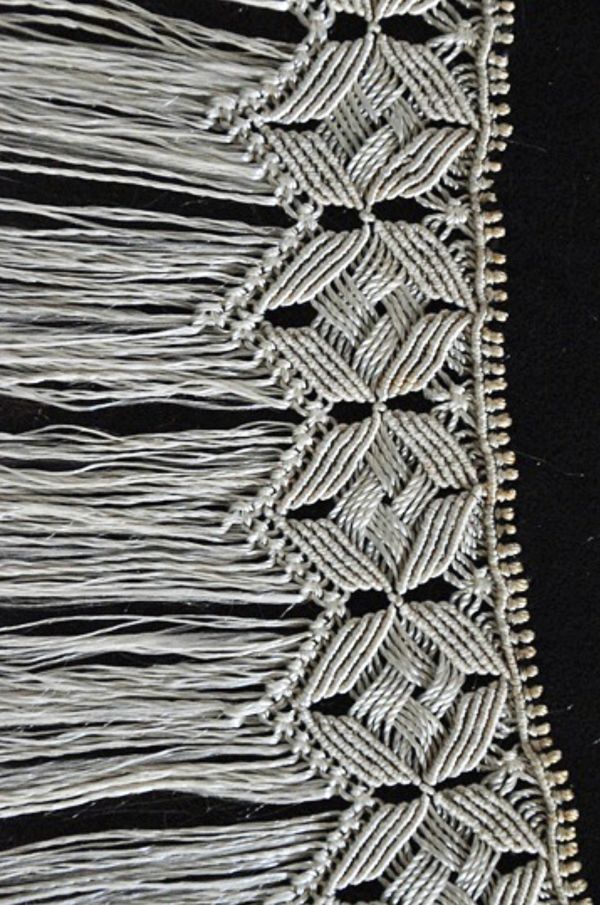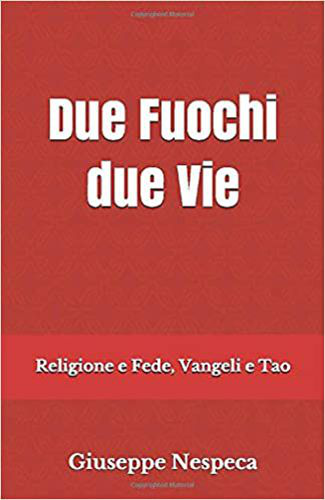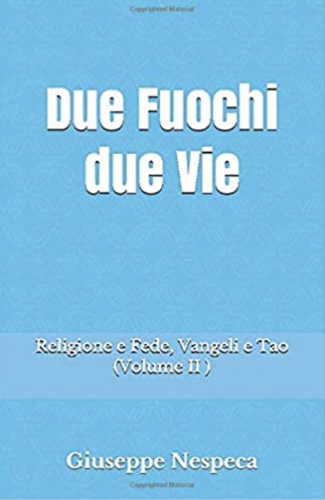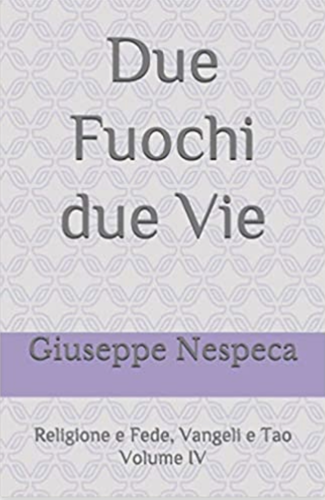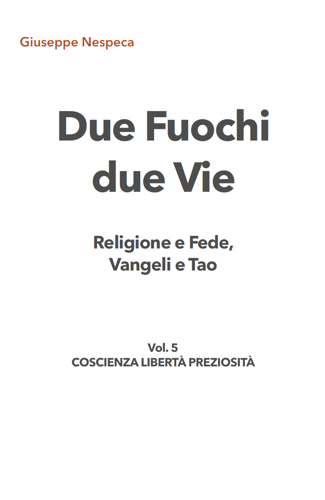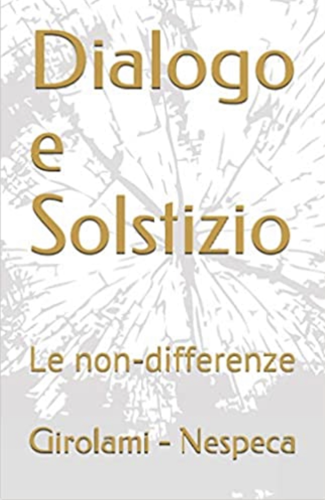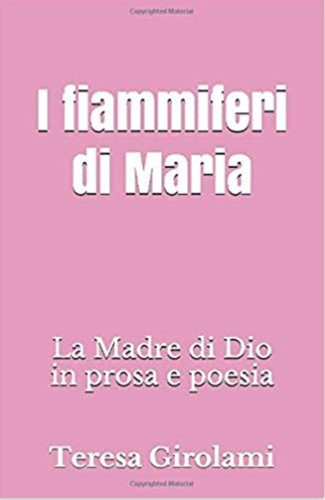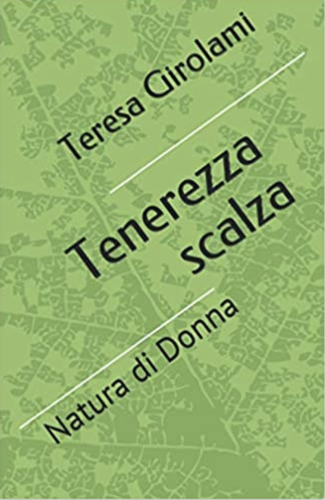Bread and prodigies of the Christ-ghost
(Mk 6:53-56)
A saved existence requires a transformation from within; another beginning. A different foothold of good.
In fact, the «fringe of the mantle» is its People - and each of us, when we are enabled to perceive and prolong his appeal, his spirit, care, action.
A «touching» that is not mere gesture: it calls total involvement; personal Faith, a digging in.
The crowds around the Lord and the Church, his primary presence, seek bread and healing... but sometimes they forget the adhesion to the inner Person who gives and cares.
Yet even in these cases the infallible Guide re-proposes its uninterrupted vital wave - with therapies that do not impose themselves by passing through souls as a bolt of lightning would, but in actual existence.
God frees, saves, creates, starting from tensions and defects (including religious ones) because He wants to bring us to awareness.
The Father wishes to make us penetrate the value of the act of love that makes the weak strong; each embodied gesture that re-creates, open to any sense of emptiness.
Nuisances do not happen out of bad luck or punishment: they come to let us flourish again, just beginning from the pains of the soul.
If they persist, no fear: they become more explicit messages, from our own higher Seed.
It means that in our orchestra something is out of tune or overlooked, and must fade or be discovered and put into play.
The symptoms of restlessness also belong to the innate quintessence - which always has power of topicality.
The keystone will therefore not be the look, nor the health, but the very acceptance of the bitterness, of the hardships, which come to clear out the unessential - and release trapped spiritual impulses.
Perhaps not a few would prefer to wait for a miraculous landing of the Master [typified healer] that brings immediate benefit and favours.
Exterior salvation with a magical flavour - transient, although physically palpable.
Total and sacred redemption - truly messianic - is not resounding. It’s accomplished only step by step; thus it remains profound and radical.
Capable of new beginnings, and birth acts of still embryonic energy, precisely starting from the individual precariousness.
We proclaim in words and deeds the authentic Face of the Son, precisely to annihilate the idea of the Christ-phantom of the previous passage (v.49), an evanescent, merely apologetic figure.
His intimates’ People - a presence no longer ineffable and mysterious - works in proximity, because being healed does not mean escaping transience.
A saved existence requires a transformation from within; another beginning. A different foothold and grasp of the good.
Elsewhere from the civilisation of appearance is the ‘improvement’ of our condition and security, from insecurity.
Leapfrogging is not in a simple getting back on our feet; indiscreet and passing ‘gain’.
Phenomenal, but only punctual and inconclusive, or that finally abdicates.
[Monday 5th wk. in O.T. February 10, 2025]



